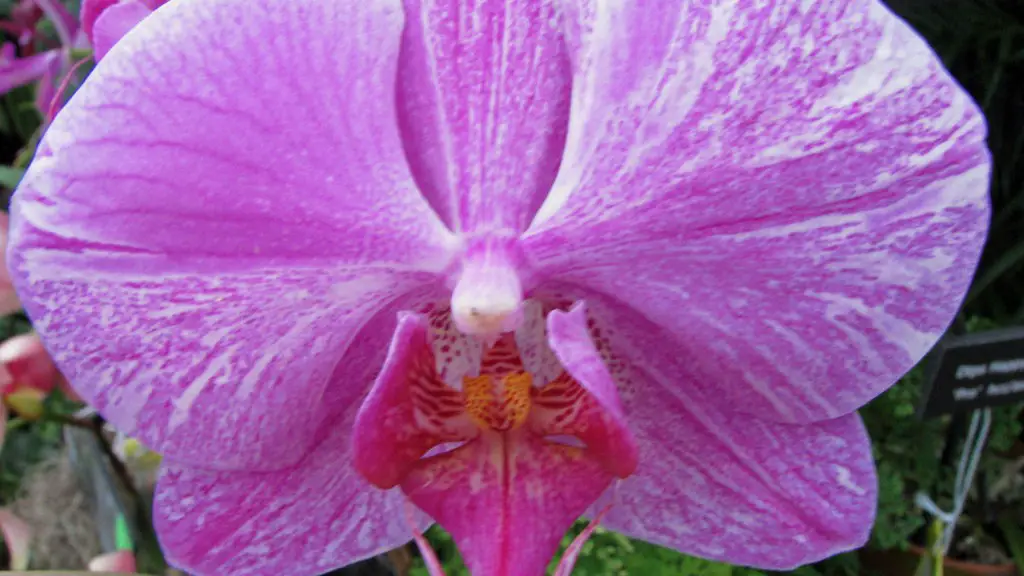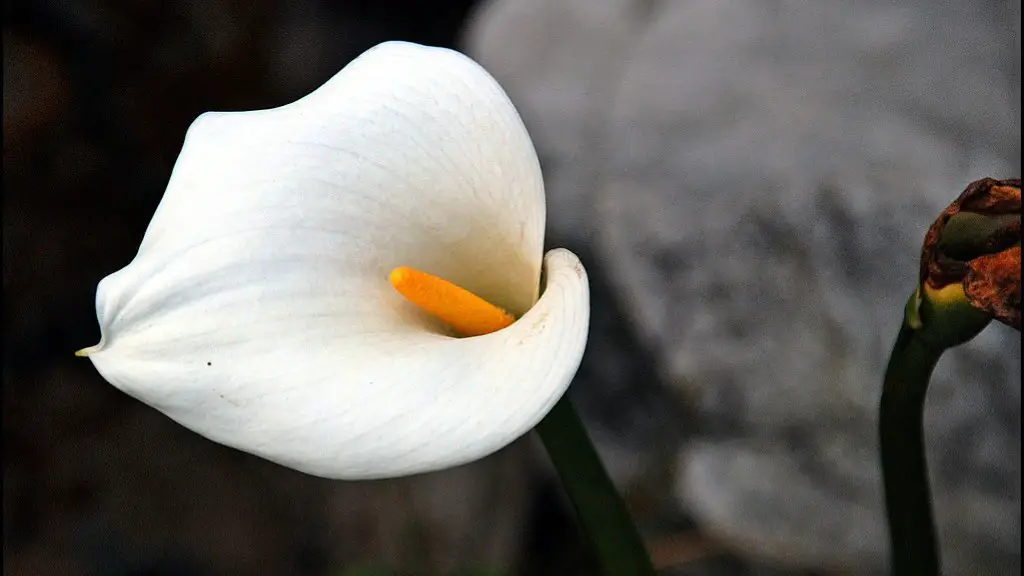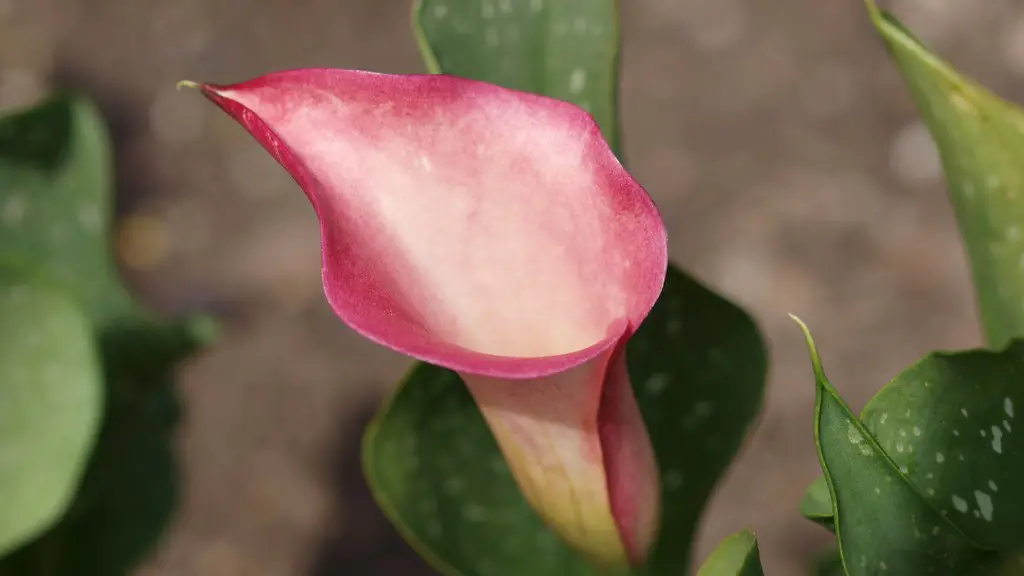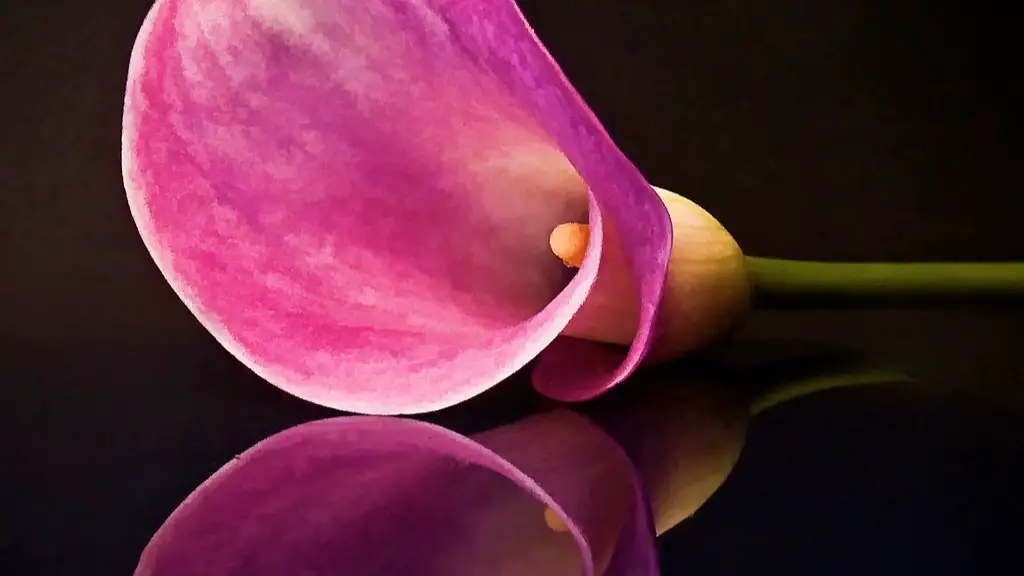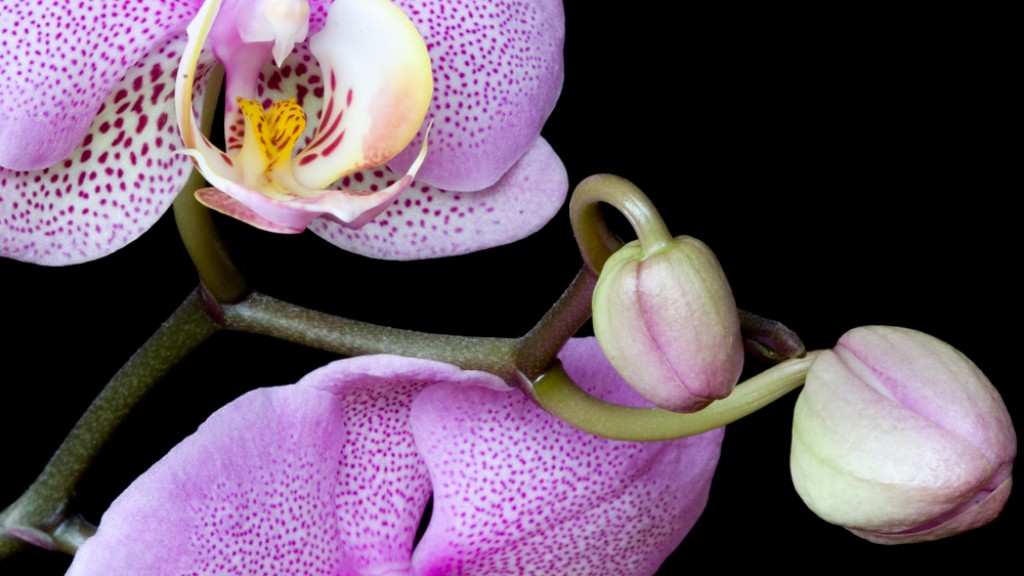The Phalaenopsis orchid is one of the most popular houseplants, and for good reason! These beautiful and exotic-looking plants are relatively easy to care for, making them ideal for beginners. With a little effort, you can keep your Phalaenopsis orchid healthy and blooming for many years to come.
1. water your orchid when the potting mix is dry to the touch.
2. always use room temperature water to avoid shocking the plant.
3. water your orchid in the morning so the leaves have time to dry before nightfall.
4. fertilize your orchid every two weeks with a balanced fertilizer.
5. mist your orchid daily to increase humidity around the plant.
6. give your orchid indirect sunlight for best results.
How do you take care of a Phalaenopsis orchid after the blooms fall off?
1. Water your orchid weekly, even if it doesn’t have any blooms.
2. Fertilize your orchid regularly to give it the nutrients it needs.
3. Give your orchid plenty of indirect light, such as from a nearby window.
4. Move your orchid to a cooler room if it’s in a warm spot, such as near a heater.
5. Give some life to your dormant orchid by repotting it or adding new potting mix.
If you want your orchid to rebloom, make sure it gets plenty of bright, indirect sunlight. The more light it gets, the longer its blooms will last and the greater its chances of reblooming.
How often do you water a Phalaenopsis orchid
If your phal is potted in bark, watering once a week is generally sufficient. If your plant is potted in moss, water when the top feels dry. The amount of light and heat your plant receives will also affect how soon your phal needs watering. Summer months will need more frequent watering, winter will need less.
The Phalaenopsis orchid is a beautiful and popular houseplant that is easy to care for, making it a great choice for beginner gardeners. Also known as the moth orchid, this variety gets its name from the shape of its blooms, which resemble moths in flight. Phalaenopsis orchids are native to tropical regions and thrive in warm, humid conditions. They prefer bright, indirect sunlight and should be watered regularly, allowing the soil to dry out slightly between waterings. With proper care, your Phalaenopsis orchid will reward you with long-lasting blooms that will fill your home with their lovely fragrance.
Where do you cut the orchid after the blooms fall off?
If your orchid has an unhealthy, brown spike, you will need to cut it all the way back to the base of the plant. If your orchid has a double-spike, you will need to cut one spike at the base of the plant and the other spike 1 inch above the node under the lowest flower bloom.
The flowers of a phalaenopsis orchid usually bloom for several months, and the plant can be pollinated again during this period. It can take anywhere from 9 to 14 months for an orchid to complete a life cycle. If it does not die, it can typically re-bloom once every 8 to 12 months.
What triggers flowering in Phalaenopsis?
Phalaenopsis orchids are some of the most popular flowers in the world. They are native to tropical climates and do not require a specific photoperiod to induce flowering. Instead, it is the low temperature that triggers phalaenopsis to start the flowering process.
To ensure a long life for your Phalaenopsis orchid, give it bright indirect sunlight and water it about once a week. Let the potting mix dry out completely between watering. Also, make sure to fertilize your orchid monthly with a specialized orchid food.
What does an orchid look like when it needs to be repotted
Orchids are beautiful, delicate plants that add a touch of elegance to any home or garden. However, while they may start out small, they can quickly outgrow their pots. When this happens, their roots will start to push the plant up above the rim of the pot or reach out into the air, looking for breathing space. If you see your Orchid doing this, it is a sure sign that it is time to re-pot.
Orchids require humid conditions to thrive. The easiest way to provide this for them is to mist them with a spray bottle on a regular basis. By doing this, you will help to ensure that your orchid remains healthy and blooms for many years to come.
Should orchids be watered from the top or bottom?
Orchids enjoy a humid environment, so placing them on top of pebbles in a water-filled tray is a great way to provide the extra moisture they need. Just be sure that the water level is below the bottom of the pots, as too much water can cause the roots to rot.
Your orchid needs just the right amount of water to thrive. You’ll know it’s getting enough if the leaves are shiny and firm, and the roots are green and firm. too little water will cause the roots to become dark and dry, while too much water can cause yellow, brown, or hollow/flat roots. Keep an eye on your plant and give it the perfect amount of water to keep it healthy and beautiful.
How long should I soak my Phalaenopsis orchid
It is important to water your orchid evenly, as uneven watering will result in shallow or uneven root growth. Allow the water to drain out completely after soaking for about 10 minutes; orchids like a good soak but don’t tolerate sitting in water. You can tell if you have watered your orchid enough if the container feels heavy.
If you’re looking for an ideal spot to grow your orchids, a south or east-facing window is usually your best bet. West-facing windows can often be too hot, while northern windows can be too dark. If you can’t find a good location to grow your orchids, placing them under artificial lights is always an option.
How do you look after indoor Phalaenopsis?
To ensure your moth orchids thrive, follow these simple tips: keep them warm, in good light, water regularly, and re-pot every couple of years. Occasionally wipe the leaves with a damp cloth to remove any dust. Moth orchids often form roots above the compost that look like they’re trying to clamber out of their container; this is normal and nothing to worry about.
It is often said that after a period of rest, a plant will be able to send out a new flower stalk. This is true, but what is not often mentioned is that this new flower stalk may come from either the existing stalk or from new leaves that have grown at the base of the plant.
What this means is that if you have an old flower stalk that you want to try and get to rebloom, you should give it a chance and see if it produces a new flower. There is really nothing to lose by doing this, so it is worth a shot!
How do you make an orchid grow a new spike
If you want to get a new orchid flower spike, you should place the plant in an area with a lower room temp. Room temps of about 55-65°F at night should do it. You can also try placing your orchid in a window away from the heater. We’ve had best success getting new flower spikes in winter, when our homes and their windows aren’t as warm.
If you want your orchid to grow a new stem, you should give it enough water so that it can dry out completely before the next watering. You should also make sure that it is in a room with around 50 to 70% humidity. If there are new growths, you should fertilize your orchids weekly, then taper off as the plant matures.
Final Words
To maintain a phalaenopsis orchid, water it once a week and fertilize it monthly. Place the orchid in a bright spot, but not in direct sunlight. Allow the potting mix to dry out between watering.
To keep your orchid blooming, follow these tips:
– water when the potting mix is dry
– fertilize every two weeks
– place in a bright spot, but not in direct sunlight
– mist leaves daily
